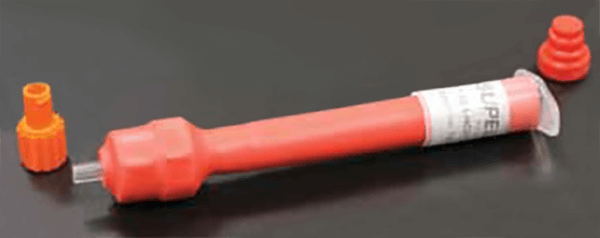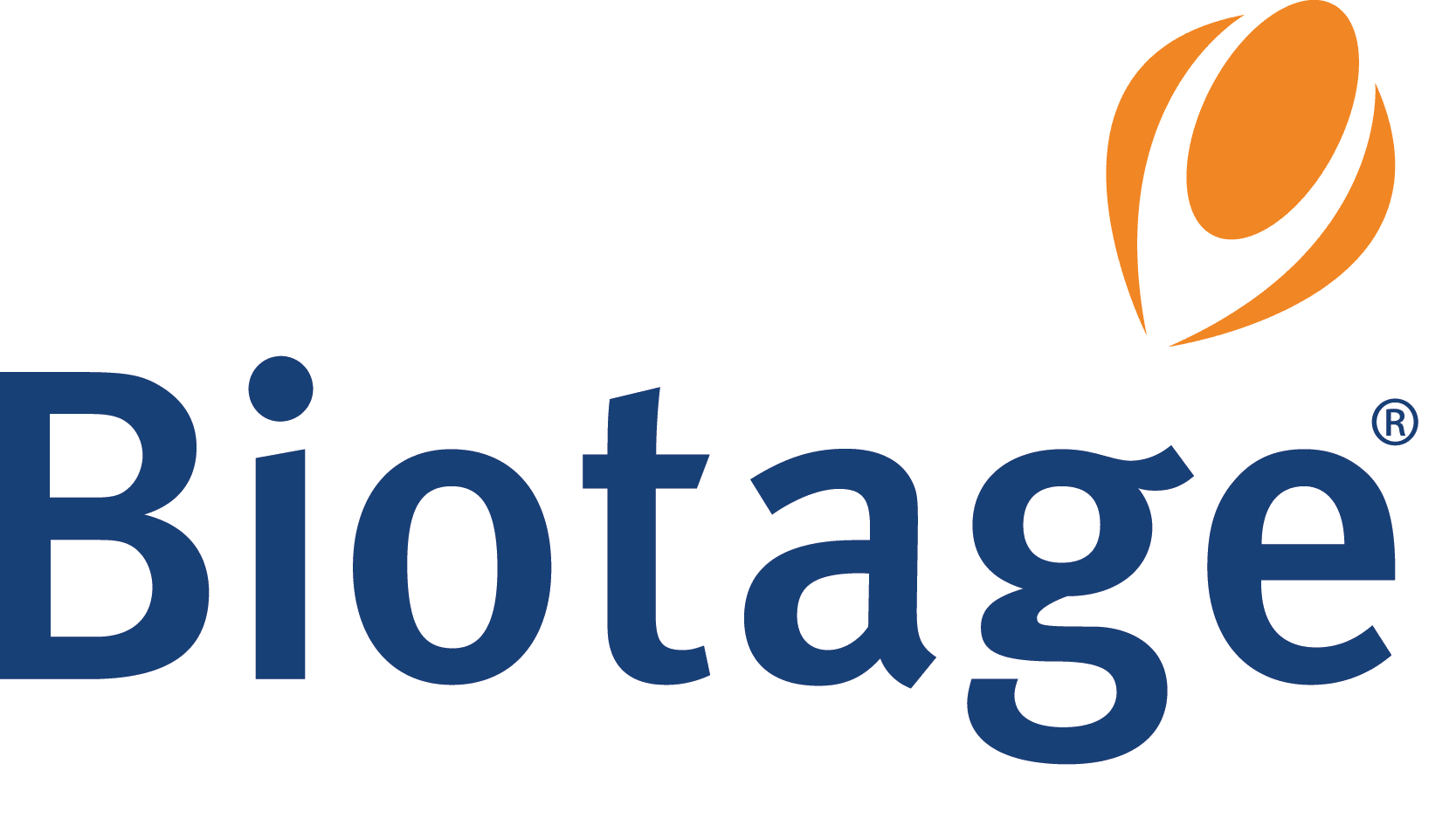Introduction
Isocyanates are used as a raw material to produce a number of products such as automotive paints, rigid and spray foam insulation and furniture, to name a few. Personal exposure can occur while the products made with isocyanates are being applied, or when the materials are removed by grinding or thermal degradation. Workers who are exposed to these compounds are at risk for respiratory disorders and asthma. The highly reactive nature of the isocyanate compounds and the low occupational exposure limits put high demands on both sampling and analytical techniques for monitoring of isocyanates in air.

The most common devices for sampling isocyanates are impingers and impregnated filters. Impingers are the least desired for personal sampling due to the risk of exposure to solvent vapors during sampling. There are also other issues such as glass breakage and difficulty shipping the needed reagents before and after sampling. Existing impregnated filter devices are safer for the worker to wear but have their own known issues, such as:
- Incomplete derivatization of particle bound analytes
- Insufficient capacity and/or breakthrough resulting in underestimation of isocyanate concentration
- Limited range of isocyanate compounds
- Field reagent addition and/or desorption necessary/recommended
- Unstable reagents and limited shelf-life
ASSET EZ4-NCO sampler (Figure 1) uses dibutyl amine (DBA) derivatization of isocyanates according to ISO17734-1*; the DBAderivatives are very stable and the derivatization takes place during air sampling and does not require the use of additional liquids and reagents. The special sampler design ensures that both the vapor phase and particulate isocyanates are captured and derivatized during sampling. ASSET samplers can be kept at room temperature as long as 4 weeks prior to extraction and analysis. The analysis of 10 isocyanates and di-isocyanate compounds can be performed simultaneously using LC-MS or LC-MS-MS detection methods.
 Figure 1. ASSET EZ4-NCO Dry Sampler
Figure 1. ASSET EZ4-NCO Dry SamplerIn this study, we investigated the detection limits and the sensitivity of analysis after the ASSET samplers were spiked with a mixture of DBA-isocyanate derivatives representing an air concentration of 5 μg/m3 at an assumed sample volume of 24 L (recommended flow range of the sampler is 0.1-0.25 L/min).





